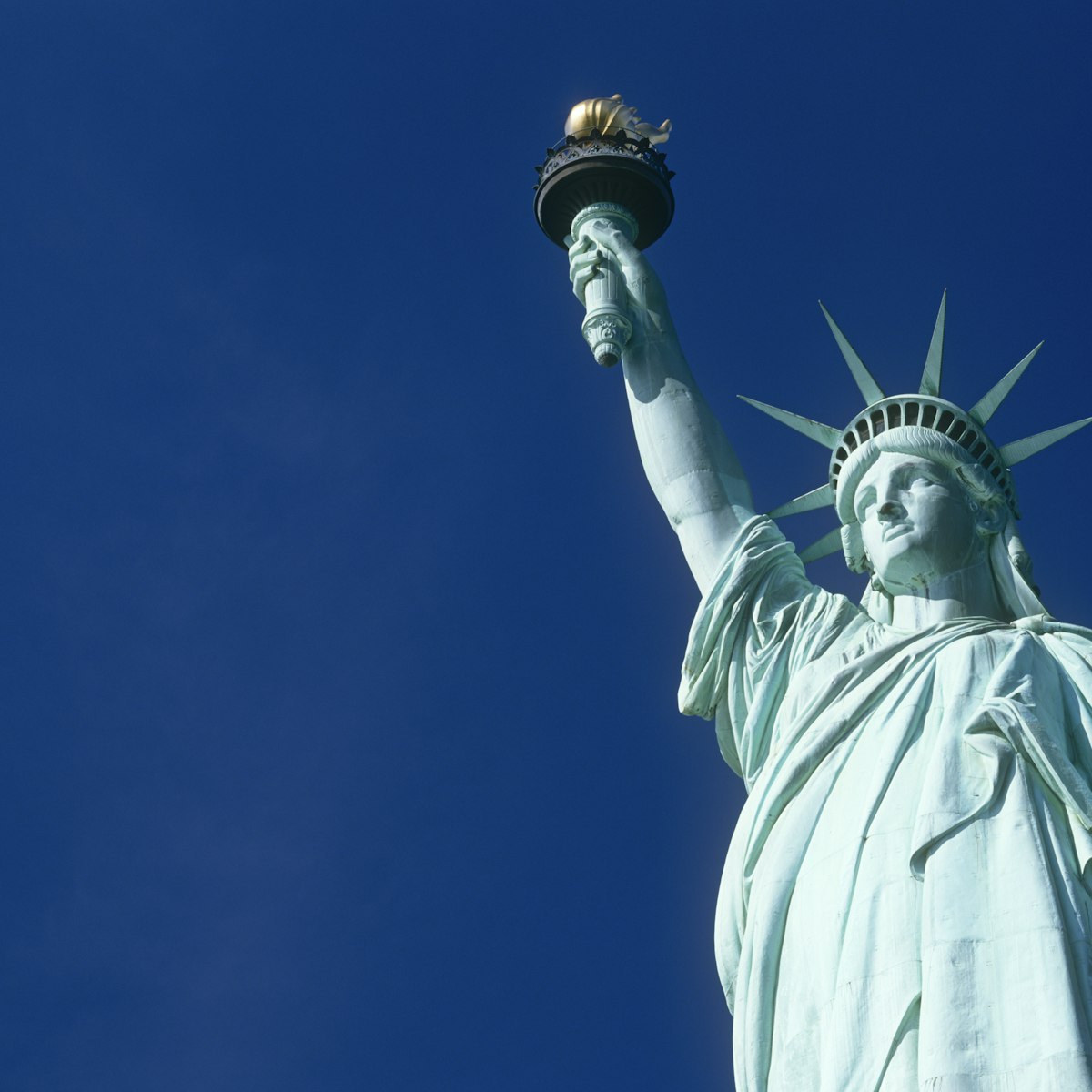In 1838 a former enslaved man by the name of James Weeks purchased a tract of land on the fringes of Brooklyn’s settled areas to build a free African American community of entrepreneurs, doctors, laborers and craftspeople. The village was absorbed into Brooklyn, but three historic wooden houses (known as the Hunterfly Road Houses) have been preserved.
Small exhibitions of photography and local history are free to visit during opening hours, but tours of the houses are greatly more rewarding.
Beyond regularly scheduled tours, there's a free community day on the second Saturday of each month (with tours, performances and workshops). Group tours (for six or more) can be arranged with prior notice; see the website.
The center continues to evolve: a 19,000-sq-ft gold-certified LEED (Leadership in Energy and Environmental Design) building opened in 2014, with an oral history media lab, resource center, gallery space and performance hall; there is also a micro farm and botanic collection. At the time of research, the center had announced a crowdfunding campaign to protect the future of this valued educational space.







